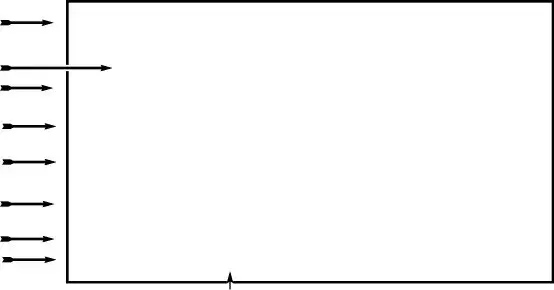What is the Prescription Label form?
The Prescription Label form is a document used to provide essential information about a medication. It typically includes details such as the patient's name, the prescribing doctor, the medication name, dosage instructions, and any special warnings or instructions. This form helps ensure that patients understand how to take their medications safely and effectively.
Why is the Prescription Label form important?
This form is important because it helps prevent medication errors. Clear labeling ensures that patients know exactly what medication they are taking, how much to take, and when to take it. This reduces the risk of side effects and interactions with other medications.
Who fills out the Prescription Label form?
The form is typically filled out by healthcare providers, such as doctors or pharmacists. They ensure that all necessary information is included and that it meets legal and safety standards. Patients may also be involved in reviewing the information for accuracy.
Can I change the information on the Prescription Label form?
Patients should not change the information on the Prescription Label form without consulting their healthcare provider. Any modifications could lead to confusion or errors in medication usage. If there are concerns about the information, it is best to speak with a doctor or pharmacist.
What should I do if the Prescription Label form is incorrect?
If you notice any errors on the Prescription Label form, contact your pharmacist or healthcare provider immediately. They can correct the information and provide you with a new label. It is crucial to address any inaccuracies before taking the medication.
How can I ensure I understand the instructions on the Prescription Label form?
If you have questions about the instructions on the Prescription Label form, do not hesitate to ask your pharmacist or healthcare provider for clarification. They can explain the information in simpler terms or provide additional resources to help you understand.
What should I do if I lose my Prescription Label form?
If you lose your Prescription Label form, contact your pharmacy or healthcare provider to request a replacement. They can provide you with a new label that contains all the necessary information about your medication.
Is the Prescription Label form the same for all medications?
No, the Prescription Label form can vary depending on the medication, the pharmacy, and state regulations. Each medication may have specific instructions or warnings that are unique to its use. Always check the label for the most accurate information.
Can I use the Prescription Label form for over-the-counter medications?
The Prescription Label form is primarily designed for prescription medications. Over-the-counter medications typically have their own labeling guidelines. However, if you have questions about how to use an over-the-counter medication, you can still refer to the information provided on the packaging or consult a healthcare provider.
What happens if I don't follow the instructions on the Prescription Label form?
Not following the instructions on the Prescription Label form can lead to serious health risks, including ineffective treatment or harmful side effects. It is essential to adhere to the instructions provided to ensure your safety and the effectiveness of the medication.

